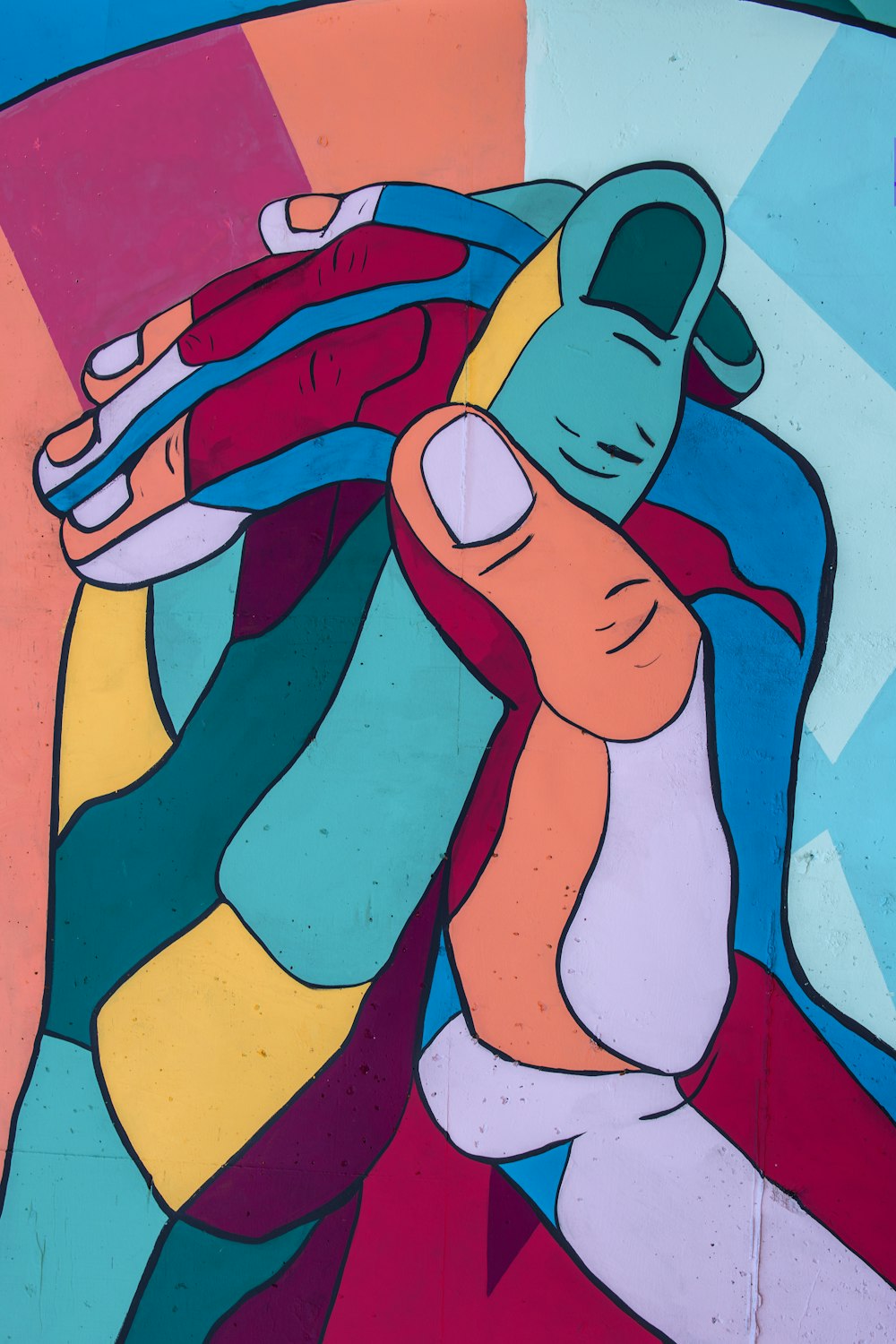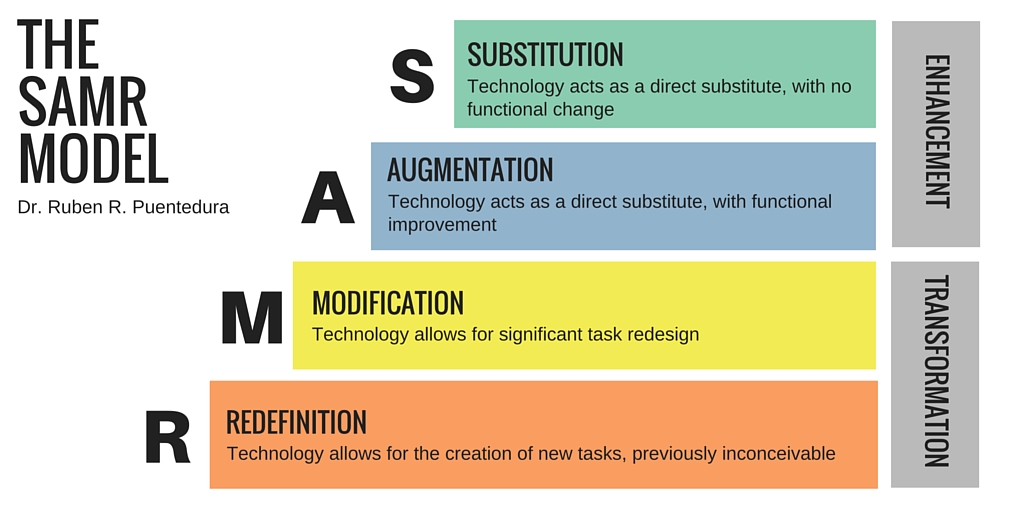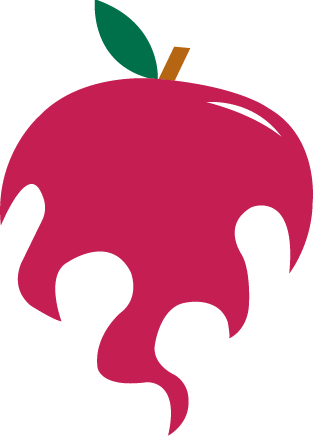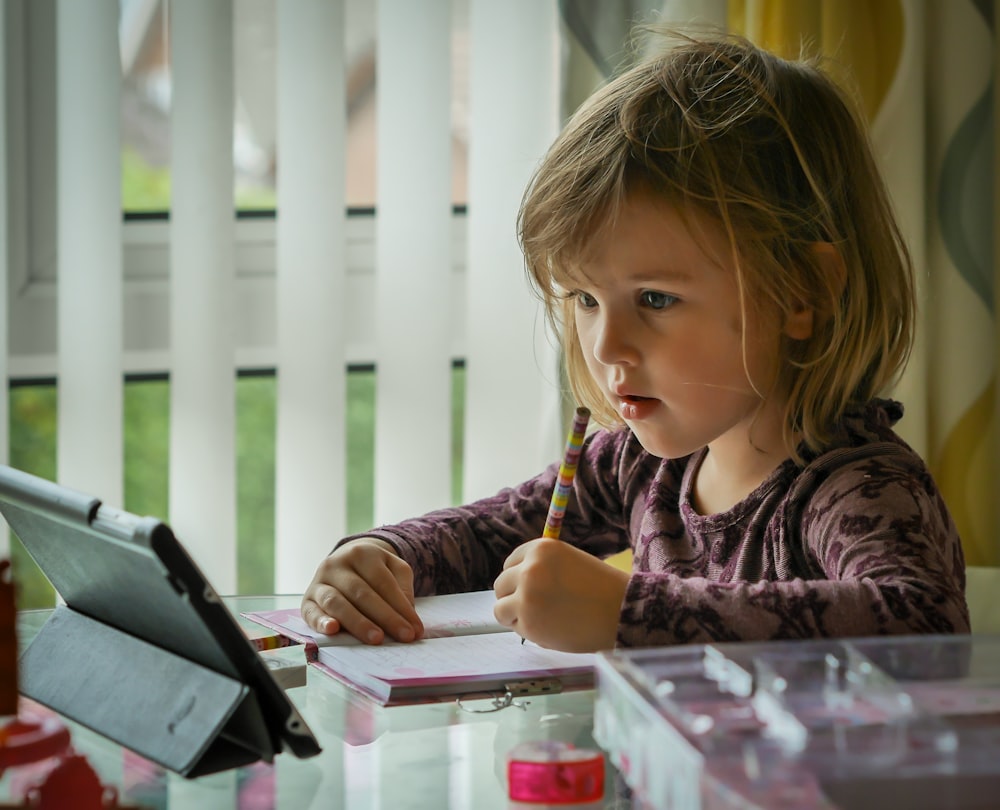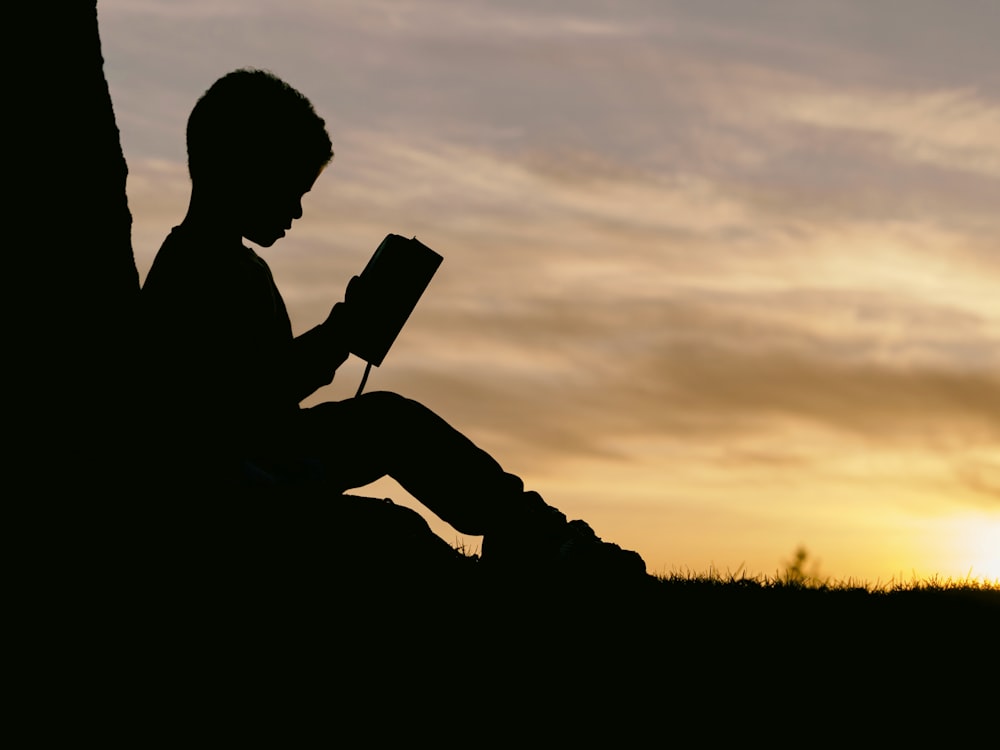
According to BC’s Ministry of Education, digital literacy is “the interest, attitude and ability of individuals to appropriately use digital technology and communication tools to access, manage, integrate, analyze and evaluate information, construct new knowledge, create and communicate with others”. Additionally, the curriculum sets out a specific framework used to “provide a clearer, more detailed sense of what digitally literate students should understand and be able to do at various levels of their development.” This framework is listed below (taken from https://www2.gov.bc.ca/gov/content/education-training/k-12/teach/resources-for-teachers/digital-literacy)
- Research and Information Literacy: Students apply digital tools to gather, evaluate, and use information
- Critical Thinking, Problem Solving, and Decision Making: Students use critical thinking skills to plan and conduct research, manage projects, solve problems, and make informed decisions using appropriate digital tools and resources
- Creativity and Innovation: Students demonstrate creative thinking, construct knowledge, and develop innovative products and processes using technology
- Digital Citizenship: Students understand human, cultural, and societal issues related to technology and practice legal and ethical behaviour
- Communication and Collaboration: Students use digital media and environments to communicate and work collaboratively, including at a distance, to support individual learning and contribute to the learning of others
- Technology Operations and Concepts: Students demonstrate a sound understanding of technology concepts, systems, and operations.
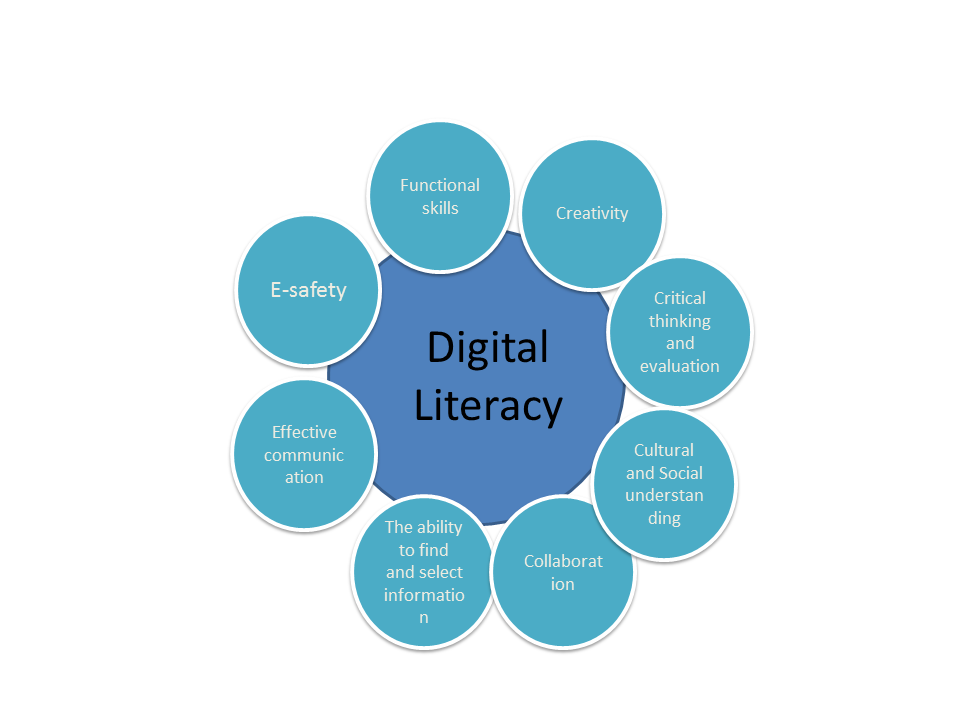
I thought that today’s class was really interesting. Taking time to think about how much we rely on tech is so eye-opening! The biggest thing I realized was that it’s so easy to take AI technology for granted. One of my goals on my blog was taking more time away from technology but in all honesty, it has been pretty hard! When I have spare time it is so easy to pick up my phone to do mindless scrolling or get on my computer to get ahead on school. I think my biggest takeaway today is taking time to reflect on what you are doing on the internet and how it’s impacting you. Spending hours on social media and always feeling behind in everything else is an easy fix but finding balance in taking time away from the screen between school and free time is something I still am working on.
Sources:


